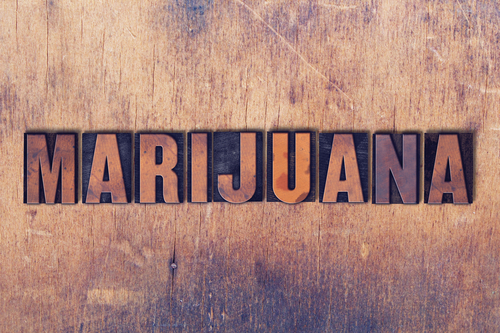Marijuana is considered the “safe drug” alternative by many because marijuana has medicinal benefits and cannot cause an overdose. However, marijuana use does have some risks. Users of marijuana, even recreational users, are at risk for developing a marijuana use disorder, which can also be called marijuana addiction. Varying research studies have linked marijuana abuse to psychosis, lung damage, and cognitive damage in the brain.
Addiction to marijuana was not taken as seriously until the kinds of marijuana available started to change. The medicinal marijuana industry has curated very potent strains of marijuana which cause a greater state of intoxication than marijuana has caused in the past. People can grow a tolerance to marijuana more easily today and as a result, develop a dependence. According to NIDA, the National Institute on Drug Abuse, the potency of marijuana nearly quadrupled from the 90s to 2014. “In the early 1990s, the average THC content in confiscated marijuana samples was roughly 3.8 percent,” the organization’s website explains. “In 2014, it was 12.2 percent.” NIDA cites that marijuana extracts contain more than 50 percent THC, the active ingredient in marijuana. “These trends raise concerns that the consequences of marijuana use could be worse than in the past,” NIDA states, “particularly among those who are new to marijuana use or in young people whose brains are still developing.” Many start using marijuana in their teenage years, halting their psychological development.
Marijuana use disorder, or marijuana addiction, is really a matter of marijuana dependency. Due to the stigmatization of marijuana use, many find it difficult to imagine someone addicted to marijuana. While people who develop marijuana use disorder experience cravings for the drug and a desire to be intoxicated on it, they most strongly experience symptoms of withdrawal. After the effects of marijuana wears off, it is common for those addicted to it to experience anxiety, depression, inability to eat or sleep, difficulty focusing, and physical aches or pains.
Dependency on marijuana develops as someone starts using more and more of the drug. The brain becomes adjusted to higher and higher quantities of marijuana, needing the higher quantities to function. With how strong marijuana strains are today, dependency doesn’t take long to develop and large quantities of marijuana aren’t needed to become dependent.
At Tree House Recovery in Orange County, we’re transforming beyond sober. Life is meant to be lived to the fullest, without limitations. Our men’s treatment programs helps men find freedom from addiction by creating a total transformation of mind and body, inside and out. For information, call: (855) 202-2138


